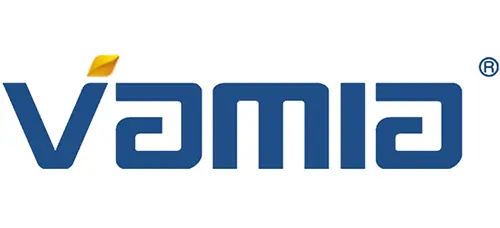How To Choose An Air Purifier
Select according to usage requirements and scenarios:
Room Size:
Small rooms (such as bedrooms, study rooms, etc., with an area of less than 20 square meters) : Select an air purifier with a CADR value (clean air output ratio) of 150-300m ³/h to meet the basic purification needs. For example, some small desktop air purifiers or portable air purifiers suitable for small Spaces are more suitable, they are small, do not take up space, and lower energy consumption.
Medium-sized rooms (living rooms, meeting rooms, etc., with an area of 20-50 square meters) : It is recommended to choose an air purifier with a CADR value of 300-600m ³/h. This kind of air purifier has a strong purification capacity and can effectively purify the air in a relatively short period of time to ensure indoor air quality.
Large rooms or commercial places (area greater than 50 square meters) : Large air purifiers with CADR values above 600m³/h are required. However, for family use, if it is not a large space such as a villa, it is generally not necessary to choose such a large air purifier, because its price is high and occupies a large space; Commercial places such as offices, shopping malls, etc., due to dense personnel, poor air circulation, high requirements for air purification, so it is necessary to choose a large air purifier with stronger purification capacity.
Usage Scenario Special requirements:
Newly renovated houses: focus on the purification capacity of harmful gases such as formaldehyde. Choose an air purifier with a higher formaldehyde CADR value and a higher formaldehyde CCM value (cumulative purification amount). In addition to relying on activated carbon filters to absorb formaldehyde, some air purifiers with photocatalyst, cold catalyst and other decomposition technologies are better, and can decompose formaldehyde into harmless substances.
Families with allergies: Choose an air purifier that can effectively filter allergens such as pollen, dust mites, and pet hair. Air purifiers with high-efficiency HEPA filters have a better filtering effect on small particles, which can reduce the irritation of allergens on allergic people.
There are smokers in the home or often smelly places: the air purifier needs to have a strong odor removal function. In addition to activated carbon filters, some air purifiers with negative ion generators can produce negative ions, which combine with odor molecules in the air to achieve the effect of odor removal.
Focus on core parameters:
CADR value: The higher the value, the higher the purification efficiency of the air purifier. But not the higher the better, the need to choose the appropriate CADR value according to the room area, in general, the CADR value multiplied by 0.1 is the air purifier suitable for the room area. For example, an air purifier with a CADR value of 300m³/h is suitable for a room of about 30 square meters.
CCM value: CCM value is divided into particulate matter CCM value and formaldehyde CCM value, respectively, indicating the cumulative purification capacity of the air purifier for particulate matter and formaldehyde. The higher the CCM value level, the longer the service life of the filter and the lower the replacement frequency. The CCM value has four levels of P1-P4, and it is recommended to choose a P4 air purifier, which can reduce the cost of replacing the filter in the later stage.
Purification energy efficiency: Purification energy efficiency indicates the amount of clean air produced by the unit power consumption of the air purifier, the larger the value, the more energy saving the air purifier and the better the purification effect. It is divided into particulate matter purification energy efficiency and formaldehyde purification energy efficiency, and particulate matter purification energy efficiency value up to 2 is qualified level, and up to 5 is high efficiency level. Formaldehyde purification energy efficiency value of 0.5 is qualified level, and 1 is high efficiency level.
Noise level: The air purifier will produce a certain amount of noise during operation, especially in high wind speed mode. In general, air purifiers with noise below 40 decibels are relatively quiet and will not affect People’s Daily life and rest. When choosing, you can check the noise parameters of the product, or refer to other users’ reviews.
Water Purifier Factory, Water Purifier For Home, Water Purifier Machine, Water Purifier, Water Filter Purifier System
Activated carbon filter purification technology: has a strong adsorption capacity, can absorb formaldehyde, benzene, TVOC and other harmful gases and odors in the air. However, the activated carbon filter can only temporarily adsorb pollutants, and as the temperature and wind speed change, the pollutants may be re-released, so it also needs to be replaced regularly.
Photocatalyst purification technology: under the irradiation of ultraviolet light, photocatalyst materials can decompose harmful gases such as formaldehyde and benzene in the air into harmless substances, which has a good purification effect and lasting sterilization and disinfection effect. However, photocatalyst technology requires sufficient UV exposure to be effective, and some air purifiers may be equipped with UV lamps to meet this condition.
Negative ion purification technology: negative ions can be released in the air, combined with dust and bacteria in the air, so that it settles or loses activity, so as to achieve the purpose of purifying the air. Negative ion purification technology also has a certain health care effect, which can improve the respiratory function and sleep quality of the human body. However, the negative ions exist in the air for a short time and need to be released continuously to maintain the effect.
Now do you know how to choose an air purifier?
